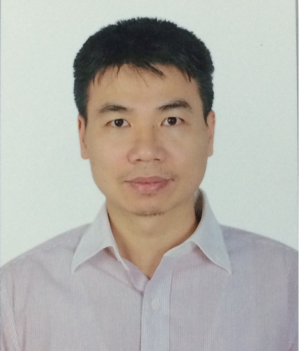
Sinkholes can cause severe property damage and threaten public safety. Therefore, the early prediction and detection of sinkholes are important measures for protecting both citizenry and infrastructure. Although many studies have made significant progress on sinkhole detection, challenges remain, including long-term data collection and the discovery of lightweight machine learning models that can be deployed to analyze sinkhole images. In this paper, we propose a method that takes advantage of the recent success of deep learning models to detect and track sinkholes via video streaming. Our system consists of two main stages: sinkhole detection with a cascaded convolutional neural network and sinkhole tracking with a data association algorithm. The experimental results show that a sinkhole can be tracked in real time using the dataset [1]. Furthermore, we implement the system on a Jetson TX2 embedded board (weighing 85 grams), which can operate at 13.2 FPS (frames per second). With an average IoU (intersection over union) score of 88% for sinkhole tracking and an accuracy of 97,6% for sinkhole detection on a 45-minute dataset, this study demonstrates the feasibility of sinkhole detection and tracking using IR images and their suitability for practical applications.

Cuong Pham received the B.S. degree from Vietnam National University, in 1998, the M.S. degree from New Mexico State University, USA, in 2005, and the Ph.D. degree from Newcastle University, U.K., in 2012, all majors in computer science. He was a Visiting Professor with the University of Palermo, Italy and a Marie Curie Research Fellow with Philips Research, Eindhoven, The Netherlands. He is currently an Associate Professor of computer science with the Posts and Telecommunications Institute of Technology (PTIT) and a Visiting Research Scientist with VinAI Research. His main research interests are ubiquitous computing, wearable computing, human activity recognition, and machine learning/deep learning.

Bình luận
e
@qeNtfPNC: